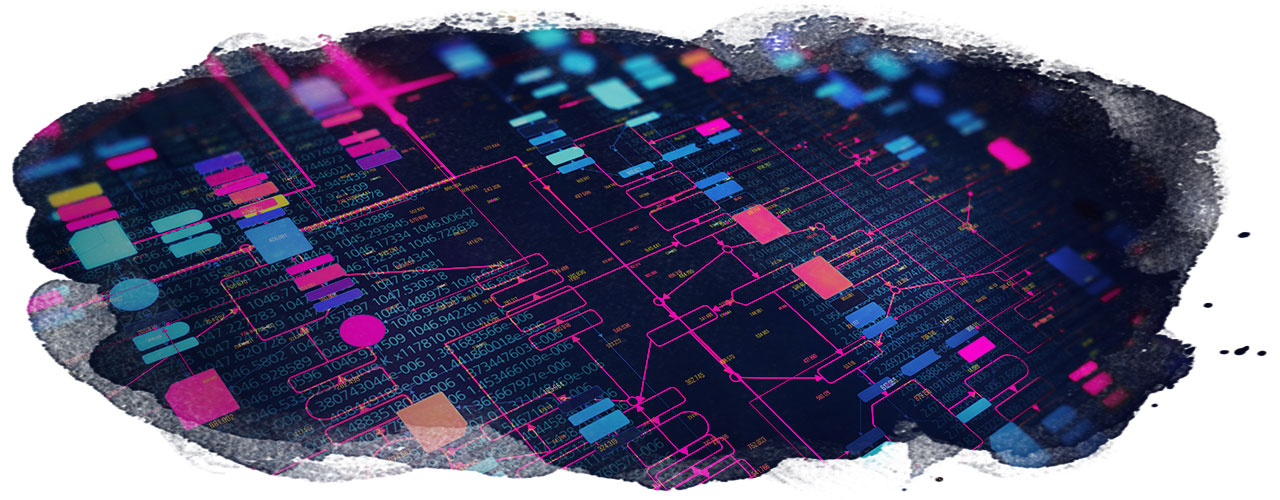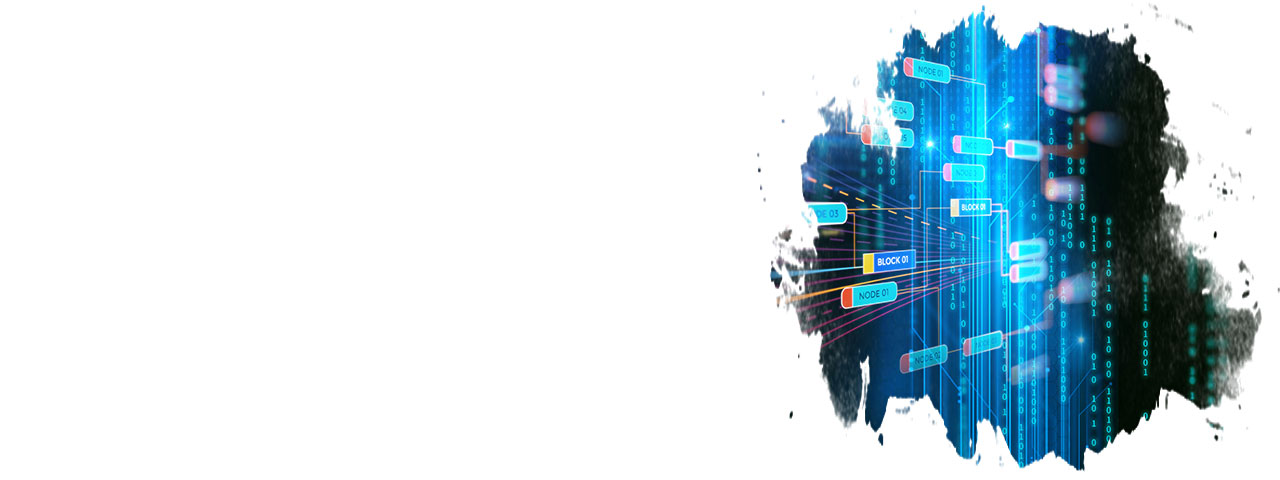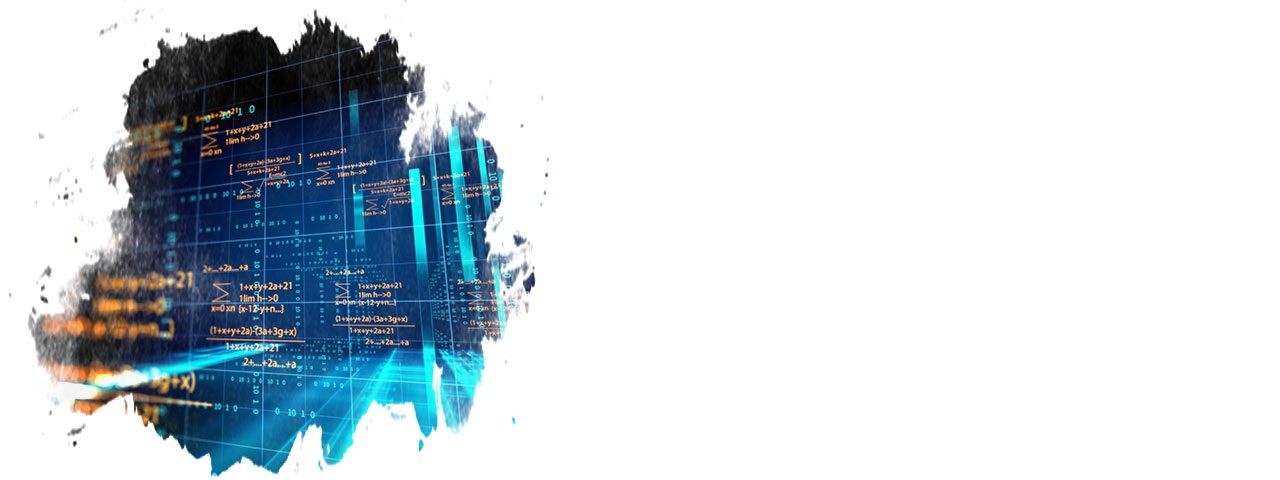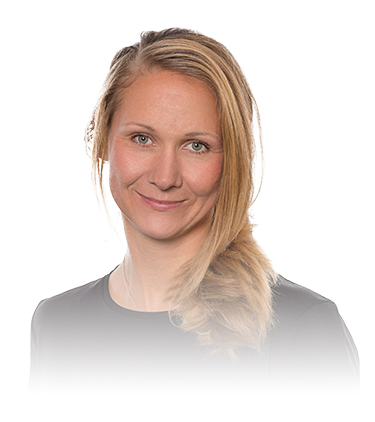Federal Office for Migration and Refugees (Bundesamt für Migration und Flüchtlinge or BAMF)
Security and uniformity of data by means of blockchain
Together with T-Systems MMS, the Federal Office for Migration and Refugees has tested a future-proof technology selection with blockchain on the basis of a POC (proof of concept). It was confirmed that this technology improves cross-agency collaboration. Furthermore, using this technology results in an optimisation of asylum procedures, increases data security and prevents possibilities of misuse.
Benefits to our customers
These improvements are also reflected throughout the participant side of the process chain:

Improvement of the integrity of data for asylum applications

Improvement of cross-agency collaboration

Prevention of misuse of the asylum procedure
Requirements
for the improvement of cross-agency asylum procedures
The entire federal competence in the area of asylum, migration and integration is concentrated at the Federal Office for Migration and Refugees (BAMF). This federal authority is subordinate to the Federal Ministry of the Interior and is responsible for a broad range of tasks. In addition to implementing asylum procedures, this also includes the coordination of integration support and a separate department for migration research in order to sustainably advise political and other stakeholders. The numerous decentralized locations and branch offices as well as the subtle details of individual legal bases and their particular application areas require a clear and consistent structure – one that makes it possible to view the current status and each completed process step in the asylum procedure at any time.
So far, the various participants in the process are using different systems for data management, which makes collaboration more difficult on an in-house level as well as across the various agencies. Providing optimal support for the process from A to Z, however, requires the introduction of a system that supplements the previous solutions to the point of guaranteeing an optimal and transparent procedure.
The agency processes also involve a large amount of highly sensitive data, including delicate asylum applications, whose security is a top priority.
This POC has proven that using blockchain technology results in an overall process integration that creates high transparency without requiring any compromises in terms of data protection and data security; on the contrary, it actually improves these.
About the BAMF
The Federal Office for Migration and Refugees (BAMF) is a higher German federal authority in the division of the Federal Ministry of the Interior (BMI) with its headquarters in the former South Barracks in Nuremberg.
The Federal Office is the central migration agency with competencies in the areas of migration, integration and return.






